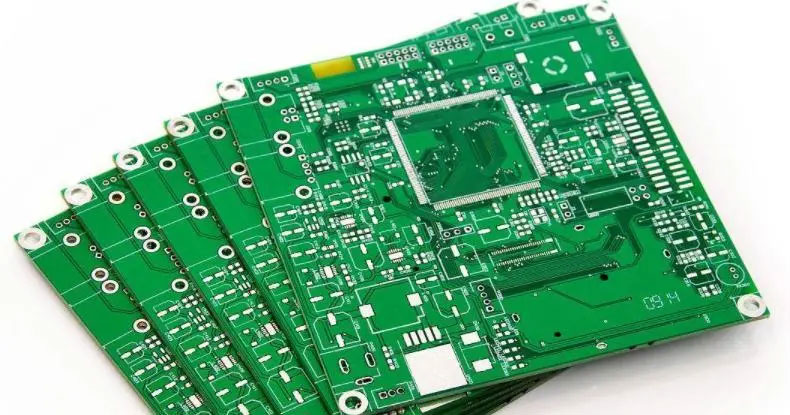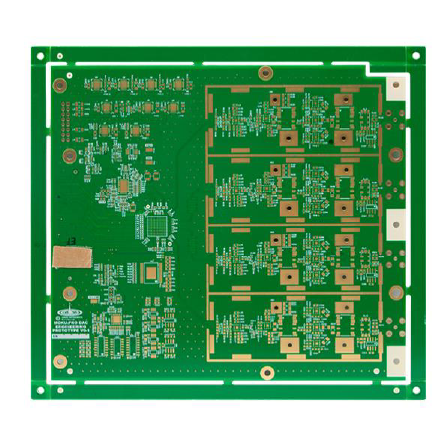WHAT ARE IPC STANDARDS AND WHAT IS THEIR ROLE IN THE PCB CIRCUIT BOARD INDUSTRY?
What are IPC Standards?
IPC standards, officially known as the Institute of Printed Circuits (IPC) standards, represent a globally recognized set of norms widely used across the electronics industry. These standards are crucial in various aspects of printed circuit board (PCB) manufacturing and the electronics assembly industry. They establish consistent, standardized processes and define product quality requirements to ensure the reliability, durability, and overall performance of electronic products.
The content of IPC standards is extensive, including well-known series such as IPC-A-600, IPC-A-610, IPC-6012, and IPC-7711/7721, among others. Each series encompasses a range of specific guidelines and protocols. The creation and revision of these standards are spearheaded by the IPC organization, with contributions from a global network of industry experts, engineers, and corporate representatives. These standards address every critical facet of PCB production, from design requirements and material selection to process flows, soldering techniques, assembly procedures, and rigorous testing protocols. In essence, IPC standards serve as the "quality bible" of the electronics industry, providing a benchmark for excellence.
The significance of IPC standards cannot be overstated. First and foremost, they provide a uniform framework for electronic product manufacturing, ensuring that products meet consistent levels of quality and reliability across the board. By adhering to IPC standards, manufacturers can improve production efficiency, minimize defects, and significantly reduce the occurrence of quality-related issues. This leads to higher product yields, lower defect rates, and ultimately, enhanced market competitiveness.
Moreover, IPC standards play a pivotal role in facilitating international trade within the electronics sector. By providing a universally recognized set of standards, they ensure that products meet global quality expectations, thereby promoting smoother cross-border transactions and fostering international collaboration. For companies looking to expand their market presence globally, compliance with IPC standards is not just beneficial—it is often essential.
In addition to their impact on product quality and international trade, IPC standards also contribute to cost reduction and increased operational efficiency. By implementing standardized production processes and stringent quality controls, companies can reduce waste, avoid production delays, and minimize resource consumption. This not only lowers the overall cost of production but also enhances the sustainability of manufacturing operations. Furthermore, IPC standards provide companies with a robust framework for quality management, helping them to meet the demands of international markets more effectively.
In summary, IPC standards are an indispensable component of the electronics industry. Their development and implementation are critical for improving product quality, reducing manufacturing costs, promoting international trade, and boosting the competitiveness of companies on a global scale. As professionals in the electronics industry, it is our responsibility to thoroughly understand and adhere to IPC standards, continually enhancing our skills and knowledge to contribute to the industry's growth and success.
Levels of IP
In the context of PCB manufacturing, three distinct performance classes are currently recognized. These classes, outlined in IPC-6011, define not only the quality of the circuit boards but also their intended functionality, performance parameters, and inspection frequency.
Which IPC standard circuit boards are suitable for your product?
Determining the appropriate IPC classification for your product—whether IPC 1, IPC 2, or IPC 3—requires a deep understanding of the product's intended final function. While a higher performance class might enhance the appeal of your product, it is essential to consider whether the increased cost associated with higher-grade PCBs is justified by the actual needs of the end product. This decision requires a careful balance between cost and performance.
Although the manufacturing quality of IPC Class 3 is unparalleled, not all devices require this level of rigor. Therefore, IPC also provides lower performance classes to cater to different needs. Understanding the key differences between IPC Class 2 and Class 3 circuit boards is crucial for making an informed decision.
What are the differences between IPC 1, IPC 2, and IPC 3?
IPC Class 1 Standard
IPC Class 1 covers general electronic products that do not require high-quality circuit boards and have relatively short lifespans. Examples include flashlights, toys, and remote controls. These devices are designed to be inexpensive and easily replaceable or repairable, so the circuit boards used in them do not need to meet stringent quality requirements. Over time, these devices may show signs of wear, but they are not typically subject to failure due to the simplicity of their design and function.IPC Class 2 Standard
IPC Class 2 applies to electronic components with a longer lifespan and higher quality than those in Class 1. These circuit boards simplify component placement and wiring, reducing costs while maintaining a reasonable level of reliability and performance. Products in this category include consumer electronics like microwaves, smartphones, laptops, televisions, and air conditioners. Devices built to IPC Class 2 standards are expected to perform reliably over extended periods and are designed with continuous operation in mind.IPC Class 3 Standard
IPC Class 3 represents the highest level of performance and quality, with stringent specifications and tight tolerances. Circuit boards in this category are designed to operate without failure for extended periods and are often used in critical applications where reliability is paramount. Examples include medical devices and aerospace equipment, where the cost of failure can be extremely high. As a result, these circuit boards are more expensive to produce, but the investment is justified by the need for faultless performance.

Ultimately, the choice of which IPC classification to use depends on the functional requirements of the end product. For instance, a low-cost electronic toy does not need to meet the same rigorous standards as an electrocardiogram machine or military-grade equipment, which must function flawlessly under demanding conditions. Due to the varying levels of complexity and quality required, different PCB manufacturers may choose different IPC classifications based on their specific product needs.
In conclusion, IPC standards are essential for guiding the production of PCBs, ensuring that products meet the necessary quality and performance criteria. Companies like Rocket PCB that adhere strictly to IPC standards are able to produce high-quality printed circuit boards that meet the demanding needs of today's global market






